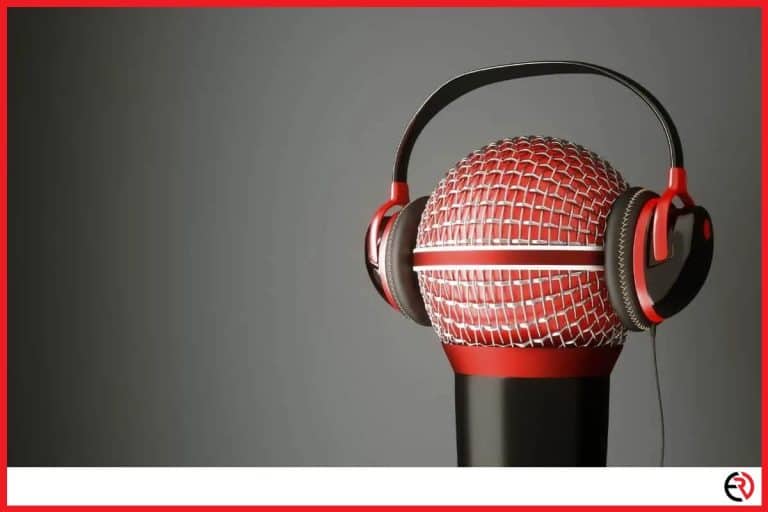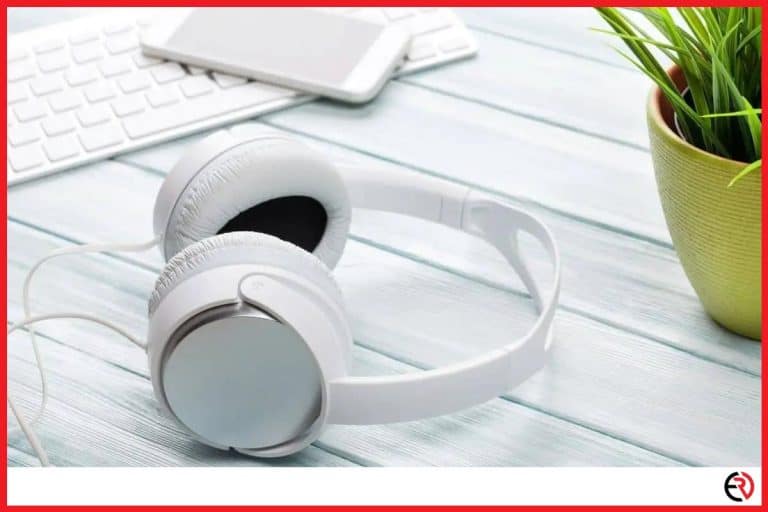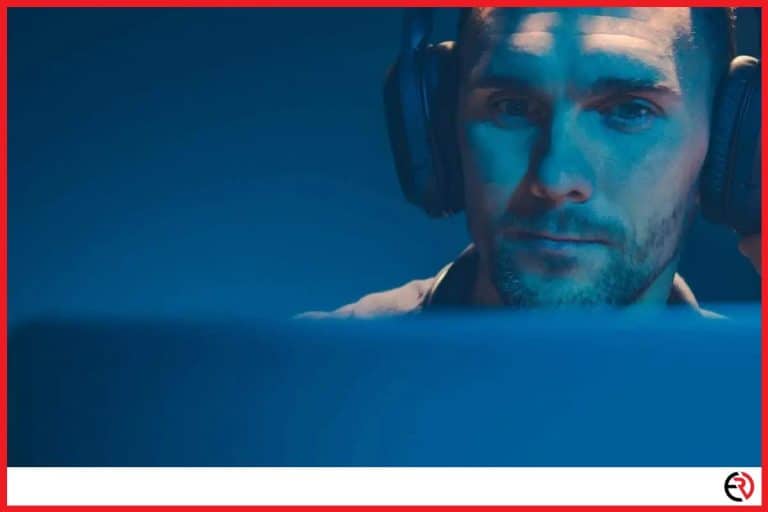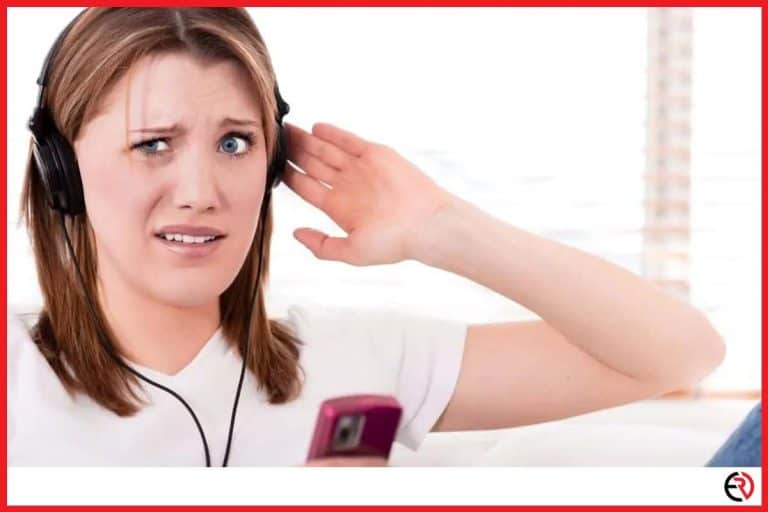Should You Charge Your Headphones Overnight?
This post may contain affiliate links which means that, if you choose to make a purchase, I may earn a small commission at no extra cost to you.
Wireless Bluetooth headphones are among the most popular tech devices on the market. They are worn daily by millions across the globe and are relied upon to deliver seamless music, podcast listening, and more. Taking care of them, for many, is always a huge priority. However, the issue of battery maintenance and care is always a question. Let’s talk about headphone battery care, and what you should do to keep your Bluetooth headphones working for longer.
Should You Charge Your Headphones Overnight?
The question of overnight charging is raised by a lot of tech lovers every day. Ultimately, overcharging your tech gear is generally not a risk at all. Modern charging cables are charging the batteries in smarter ways which are more gentle on the batteries.
However, there are some things that you should know about your headphones and their batteries that will help get more life out of them. During this article, we will go over more of the finer details of headphone charging and battery life, stick around and read more!
Are There Dangers of Charging Overnight?
In the old days of mobile technology, batteries had more primitive capacity and technology driving them. This led to something known as “The Memory Effect”. The Memory Effect, in layman’s terms, means that over time the battery will begin to resist fully charging. This is because batteries remembered how much of their ‘power’ was discharged before charging. This would result in batteries appearing to die quicker, as they were not letting themselves become fully charged.
This mostly manifested in mobile phones. Have you ever noticed how older iPhones or Android devices seem to not maintain a full charge? Well, this is a direct result of the Memory Effect. Let’s break that down a bit further.
Let’s say the battery is on 50% prior to you charging it for the night. The battery’s ‘memory’ notices that it was not fully discharged prior to being fully charged again. This would trigger safeguards that would prevent the battery from becoming overcharged overnight. This results in a display that shows 100% battery life when in reality the device might only be at 70-80% capacity.
This, of course, was a major problem in early Bluetooth headphone technology as well. Especially so, because smaller batteries had more tendency to try and preserve themselves. In this case, it could easily appear that batteries were losing their capacity to fully charge over time.
The Memory Effect is the primary culprit behind many of the myths surrounding headphones and mobile phone batteries. Many fear that overcharging their devices overnight will result in them dying faster. However, modern lithium-ion battery technology is a bit more sophisticated in this regard. The risk for ‘overcharging’ or signs of the Memory Effect is far less with modern devices.
Does Charging Overnight Harm The Battery?
Lithium-ion batteries do not noticeably suffer from the Memory Effect–if at all. This means that charging your phone too early is not going to result in the battery stopping the charge prematurely. However, does that really answer the question of whether it is still safe to charge overnight?
Many older charging cables had a feature known as ‘trickle charging’. Trickle charging is simply a mechanism that allows the charger to continuously charge the battery at an equal rate to how fast it is discharging. So, for example, if you leave your headphones turned on while they are charging, they will naturally use up some of their battery, even lying dormant. A trickle charging mechanism will slowly replace that discharge in small bursts to keep the battery at 100%.
Continuously charging a battery can lead to a whole host of issues. These issues can include:
- Reduced lifespan
- Overheating
- Long term damage.
This is because the continuous exposure to high voltages required to charge the battery causes stress on the battery itself–even in lithium-ion batteries. Imagine eating so much that you feel like you want to throw up. It’s not a very comfortable feeling, and can even lead to health issues. A battery is no different ultimately.
So, to put it simply, continuously charging your headphones overnight can result in irreparable damage to the batteries themselves. However, again, modern technology has come a long way towards reducing this problem of trickle charging greatly.
Can The Battery Even Get Overcharged At All?
As we mentioned above, the possibility of overcharging is a risk. Not so much due to the Memory Effect, but due to the trickle charging. However, modern chargers have been designed to cut down on this problem.
Most modern charging cable mechanisms have even more safety guards in place than before. Many charging cables now include cutoff mechanisms that can measure the temperature of the battery, the charging capacity, and the voltage itself. This results in trickle charging becoming a thing of the past.
The vast majority of modern chargers will simply ‘shut off’ once the battery has reached full capacity. They will stop charging the device altogether until the device drops below a certain factory established preset. For example, the headphones might have a mechanism that allows for refilling if the dormant discharge of the battery drops below 10% from 100%.
So, in this regard, it becomes very difficult to actually overcharge modern lithium-ion batteries simply due to modern charging cables being more ‘smart’. Although, it should be noted that this assumes you are using the manufacturers charging cable, and not a cheaper aftermarket cable.
Which leads us to another point, what cable is being used to charge the device?
Can You Charge Your Headphones With A Mobile Phone Charger?
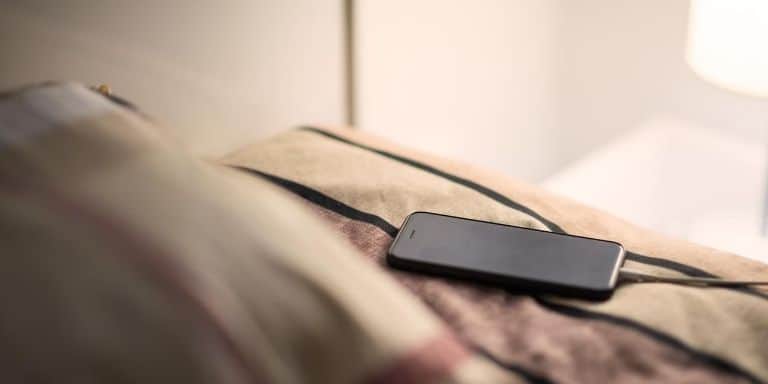
Many Bluetooth headphones on the market today use a standard micro-USB or USB-C charging port–with the exception of AirPods. When it comes to USB type charging cables, they are almost all pretty standardized. This means that they will all typically push out 5v or less of power–at a maximum.
With 5v or less being pushed out, it’s virtually impossible for your headphone batteries to suffer any damage. This is especially true due to the fact that our headphone batteries will generally only draw out as much power as they need. In this regard, it isn’t an issue at all to use aftermarket chargers–or your mobile charger–to charge your Bluetooth headphones.
However, it should be remembered that trickle charging is still a thing with some older or more generic charging cables. With this in mind, you should always try to unplug your headphones after they have been fully charged when using a charger that did not come with the device originally.
You will know your headphones are fully charged by the indication LED that is standard with nearly all Bluetooth headphones. Usually, the indication light is either on the headset itself (most common) or on the charger (less common). In most cases, the light will be red when the device is still below 100% and will turn to green or blue when the device is fully charged.
Make sure to read your user’s manual for your specific Bluetooth headphones to find out which is the case for your headset.
Charging Your Headphones in a Charging Case.
Many modern Bluetooth earbuds such as Apple AirPods and Samsung Galaxy Buds come with charging cases. These are small sleek little cases that allow you to charge and store the headphones. This of course makes charging a little bit different.
When it comes to charging cases, you have to think about two separate charging mechanisms. But don’t worry, the things we discussed above still apply. Charging cases act like powerbanks for your headphones. This means that when the case itself is fully charged, it can use that power to charge the headphones. In some instances, the charging cases can charge the headphones up to 2-3 times on a single case charge.
With this in mind, you should always try to only charge your charging case when it needs it. You should use the case to charge the headphones, plug free, as often as possible. The charging cases are smarter and come with more defense mechanisms than typical wall chargers. They will know when to cease charging the headphones to prevent any risk of overcharging.
Tips For Charging Your Headphones.
Lithium-ion batteries might not have any Memory Effect, but they still suffer from damage over time. Typically lithium-ion batteries only have a set number of recharges in their lifespan. This is generally around 400 recharges.
A recharge is counted by taking the battery from empty, to full capacity. So plugging in your headphones at 50% will only count as half a charge used. However, that does not mean that you should always use your headphones to empty and charge to 100%.
The best tip for extending the life of a lithium-ion battery is to charge them in small spurts as needed. Generally, you should never allow your batteries to deplete below 20%, and should not charge them past 90%. This will allow the battery to have some ‘breathing room’ when charging and will help to extend the lifespan of the battery greatly. Although in the end, charging your headphones overnight is very unlikely to do any noticeable damage with lithium-ion batteries.
Final Thoughts.
Headphone batteries are much smaller than mobile phone batteries. This is simply due to form factor, and need. This means that they will usually have shorter lifespans than mobile batteries by their very nature. However, when properly cared for, they can last quite a few years before you will begin to notice any serious decline. That is the power of modern battery technology!


